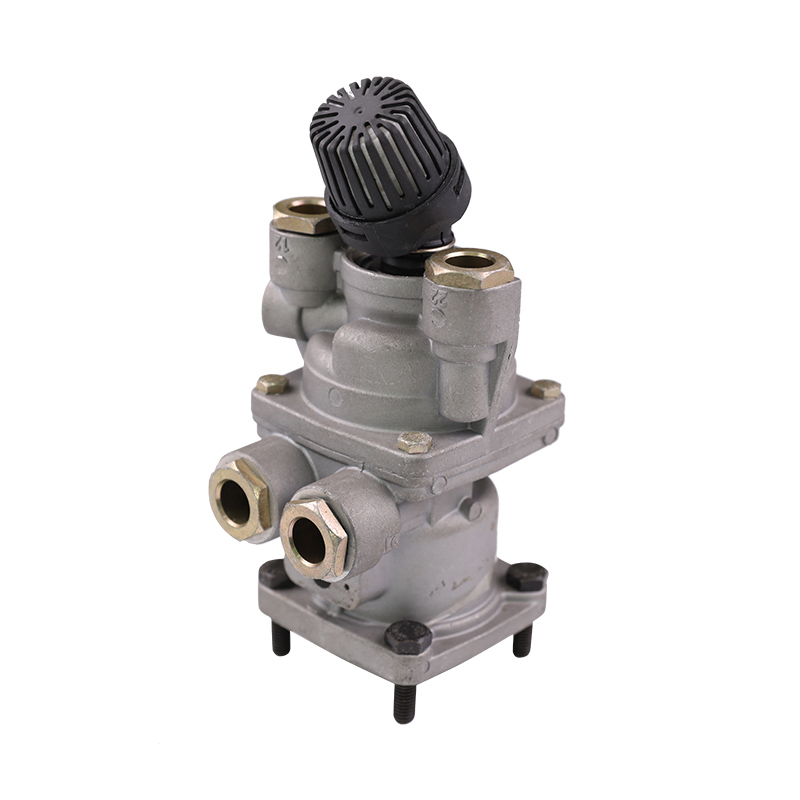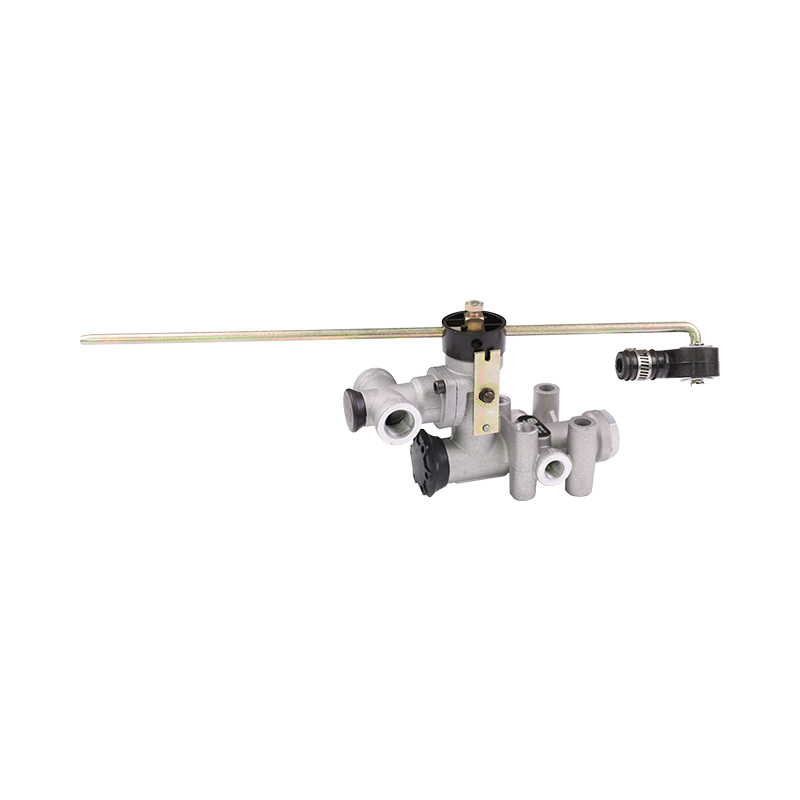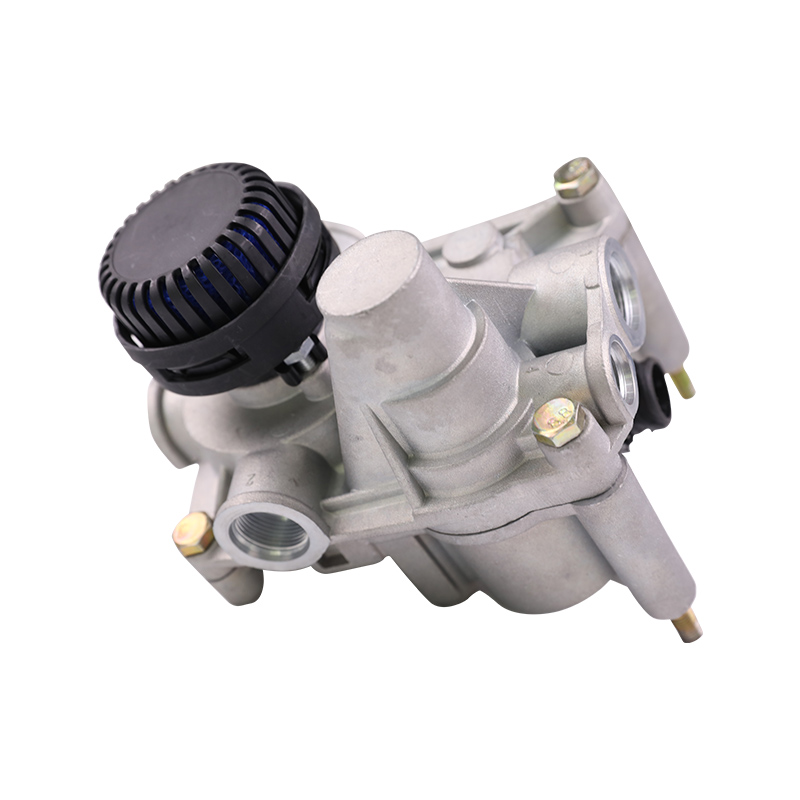As one of the core components of the automobile braking system, the brake foot valve plays a key role in regulating brake pressure. Its brake pressure regulation mechanism is precision engineered and involves multiple key components and control principles.
Master cylinder and brake foot valve connection:
The brake foot valve is usually closely connected to the master cylinder, which is the starting point of the braking system and accepts the force from the driver's brake pedal. The brake foot valve is connected to the master cylinder and can obtain braking instructions from the driver.
Hydraulic transmission system:
The brake foot valve regulates brake pressure through the hydraulic transmission system. Hydraulic transmission systems regulate the pressure in the braking system by transferring force through the brake fluid. This system includes hydraulic lines, oil pumps, and the brake foot valve itself.
Valve core and body design:
The brake foot valve includes a valve core and a valve body, and its design is the core of realizing brake pressure regulation. The position and movement of the spool are controlled by the master cylinder force and brake system feedback signals. The valve body surrounds and supports the valve core to ensure that it can accurately and smoothly adjust the opening and closing of the channel during movement.
Sensor feedback:
The brake foot valve is usually equipped with a sensor to monitor the status of the braking system. These sensors can sense the pressure, temperature and other parameters of the brake fluid and feed this information back to the brake foot valve. This feedback mechanism allows the brake foot valve to dynamically adjust to actual driving conditions.
Proportional valve control:
The brake foot valve usually uses a proportional valve to control the brake pressure. The proportional valve adjusts the position of the valve core according to the feedback signal from the sensor, thereby changing the flow channel and flow rate of the brake fluid. This proportional control enables precise brake pressure adjustment, allowing the vehicle to achieve the best braking effect under different driving conditions.
Electronic control unit (ECU):
Modern automobile braking systems are usually equipped with an electronic control unit (ECU), and the brake foot valve communicates with the ECU through electrical signals. The ECU receives the information fed back by the sensor and sends instructions to the brake foot valve according to the preset braking logic and driving conditions to achieve real-time brake pressure adjustment.






